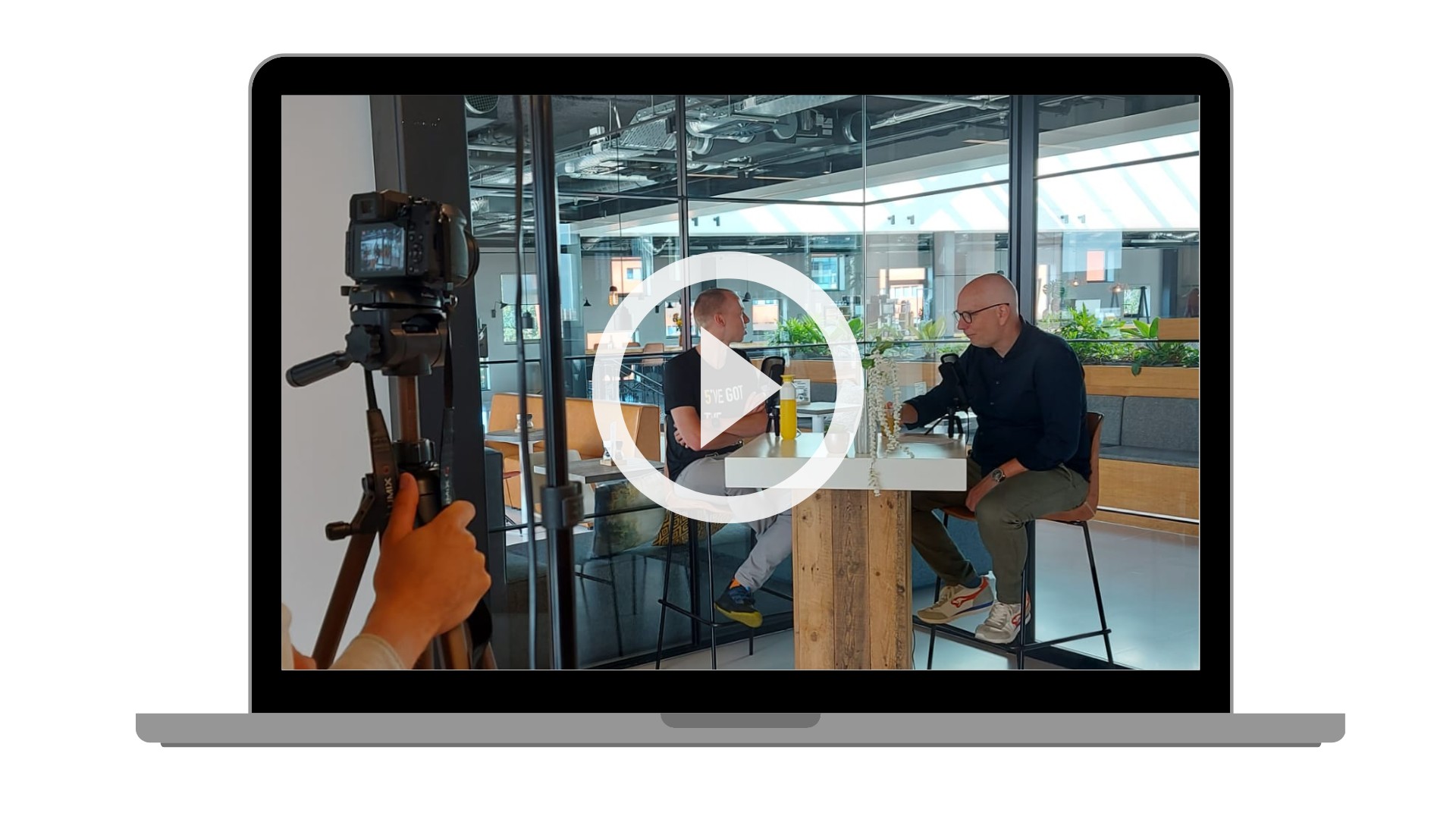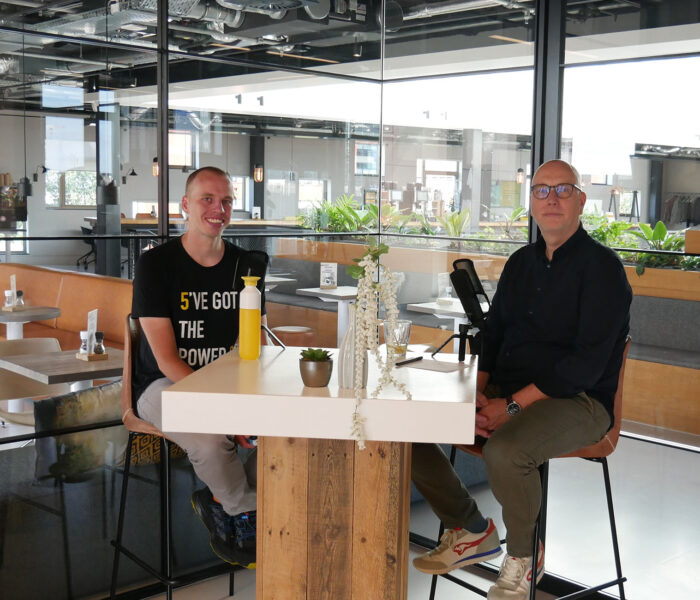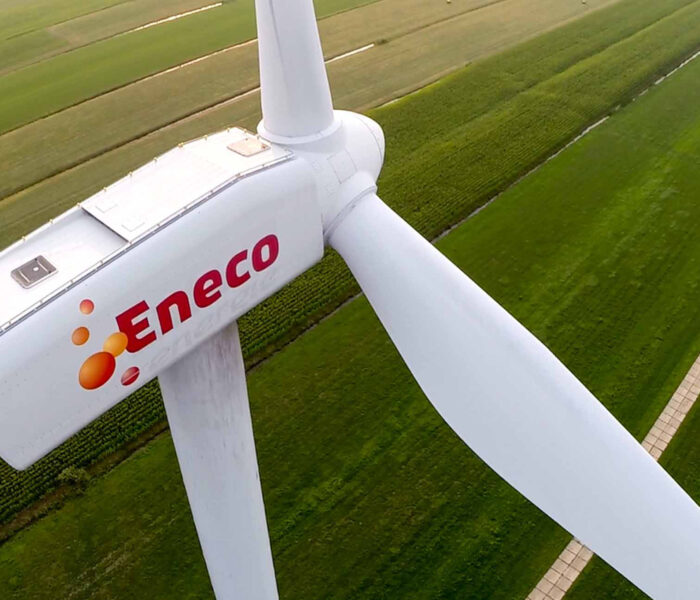Companies want to be flexible, able to respond quickly to changes in the market, and meanwhile have stable security, governance and compliance. Data management is an important part of that. A growing number of companies are looking for a single version of the truth in their data. Fabric, Microsoft’s newest service, addresses that development and helps companies analyze data without duplication and from a single platform. How can you get started with Fabric?
What is Fabric?
Fabric is a software as a service (SaaS) and includes various analytics tools such as DataFactory and PowerBI. All workloads within Fabric are centralized. From data movement to data science, real-time analytics and business intelligence, data lakes, data engineering and data integration. Within Fabric, OneLake is the place where all data from different sources comes together and is made accessible. New features for Fabric appear weekly; the solution is evolving at a rapid pace.
Starting with a value case
‘This is the time where you can experience hands-on what Fabric can offer your organization,’ says Macaw’s Marc Lelijveld (Technical Evangelist). ‘You can choose where you want to start and how you want to build your data analytics infrastructure. For example, start with a value case or proof of concept so you can experiment with Fabric and what value it brings to your business or team. You can stay with Azure if you want; no end-of-life is given. But Fabric will evolve faster; there will come a time that you can’t ignore Fabric anymore.
Migrating to Fabric
Those who already have PowerBI well established will transition to Fabric more easily. But even for those not yet working with PowerBI, there are several rather straightforward migration paths. Marc: “First of all, it is important to know that there is no vendor lock-in, the data is stored in an open format. So, for example, if you have existing workloads in Synapse, you can easily migrate those – together with all your notebooks – to Fabric; Fabric has a built-in kit that makes this transition smooth.’
Working together: the power of Fabric
There doesn’t have to be one person on your team who can do everything and knows Fabric inside out: the power of Fabric is in fact working together in the same workspace. Look within your team to see where everyone’s strengths and skills lie and where there are gaps. Who can do what? Working together in Fabric offers great advantages. The pipeline built by the data engineer, for example, is in the same workspace as where the data analyst will later build a dataset and a report. As a team you become more and more flexible in and with working with Fabric,” Marc says.
Watch our webinar
In our webinar, Marc talks about how Fabric enables you to do things that were previously impossible. He also discusses Fabric’s more in-depth features in the present and future. For example, Data Activator is on the horizon, and AI will eventually make its appearance in Fabric as a co-pilot in every single workload. Watch the webinar here to discover even more about Fabric and what this service can offer your organization.








